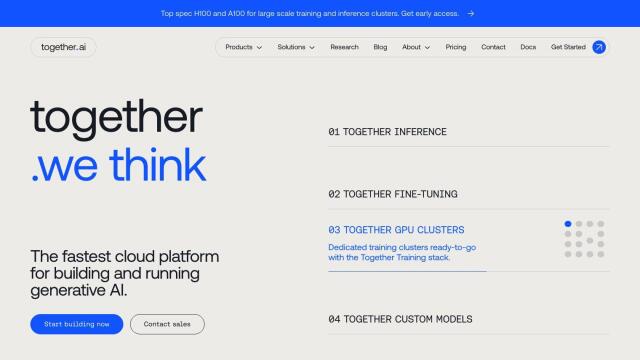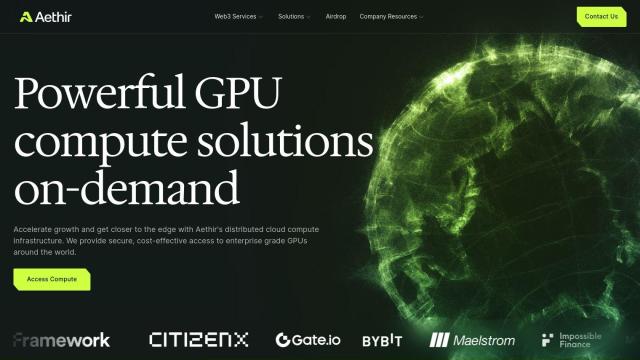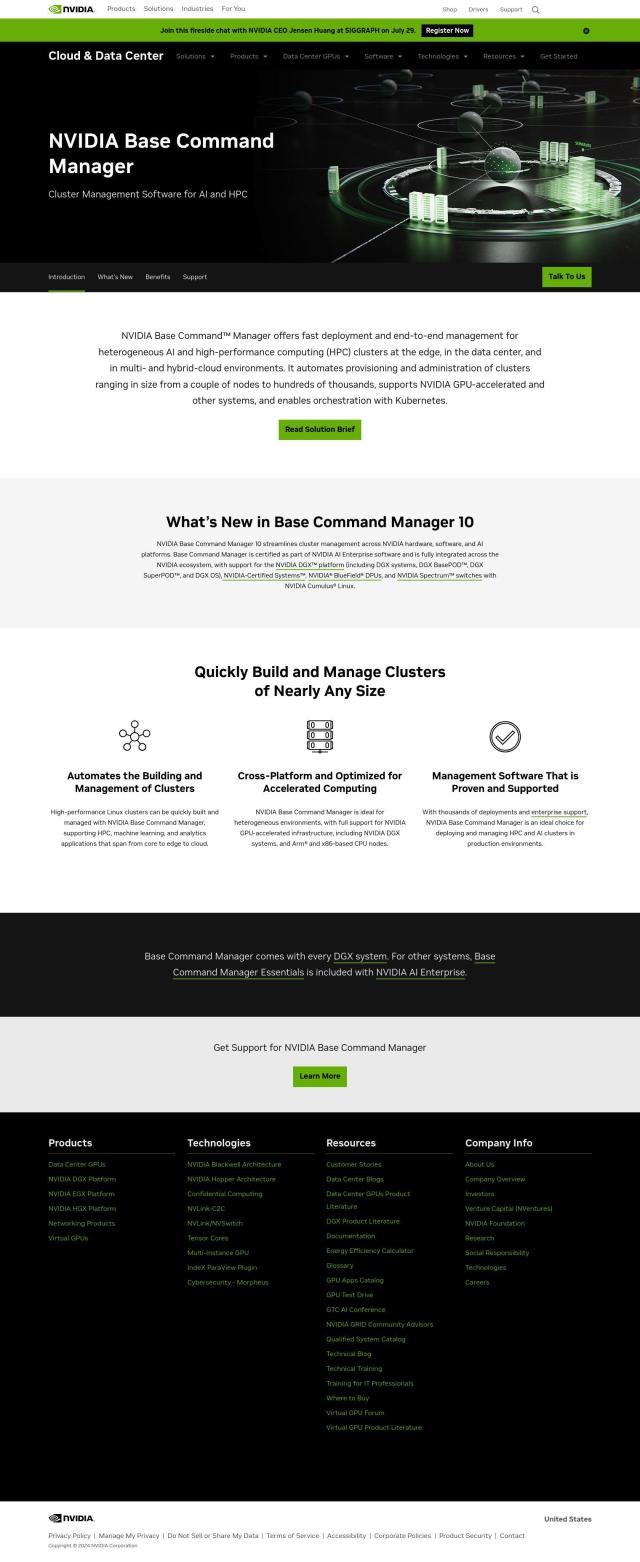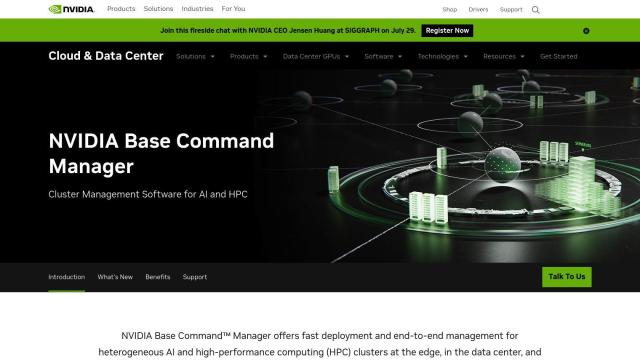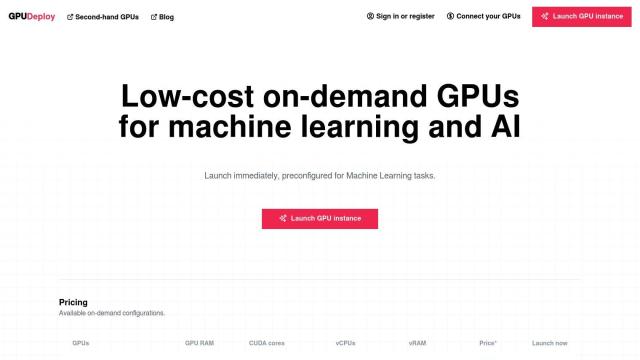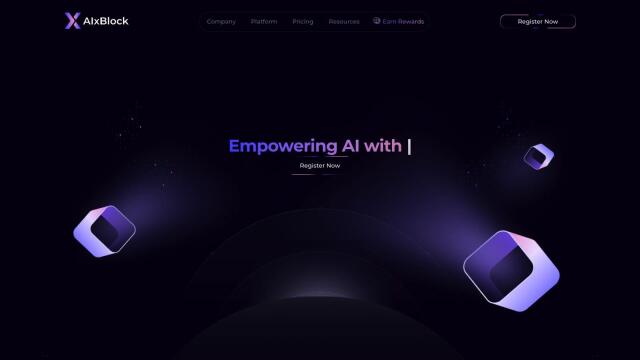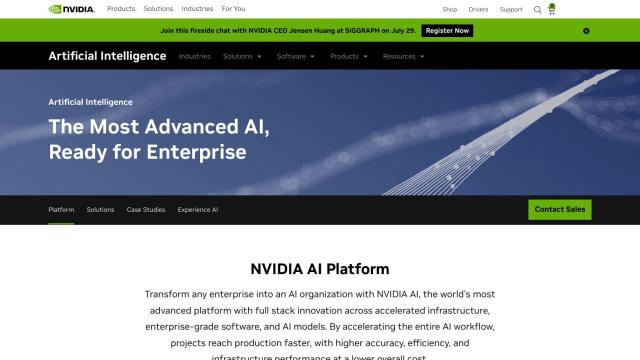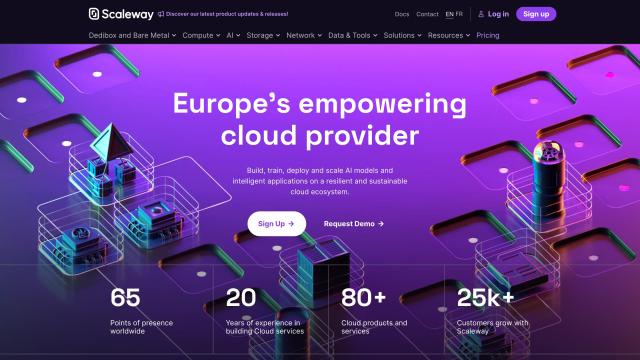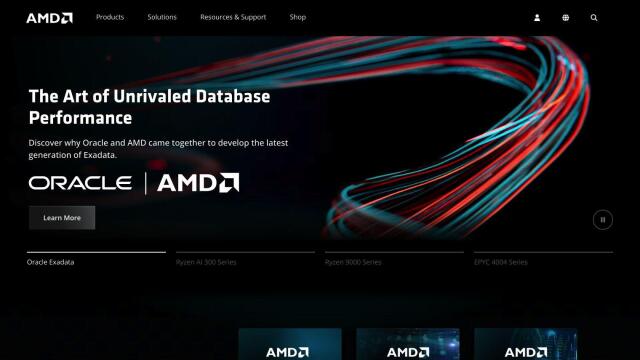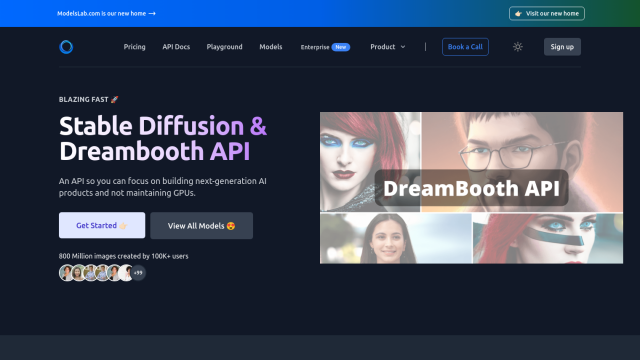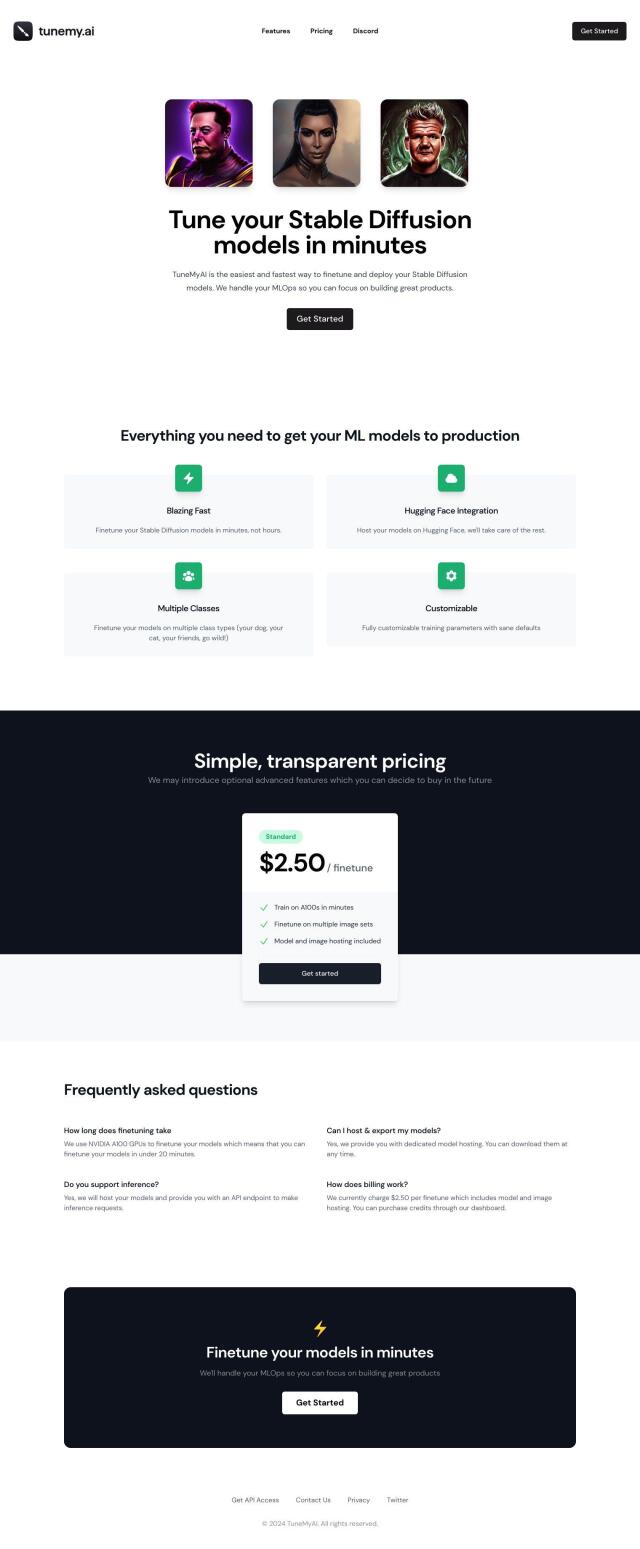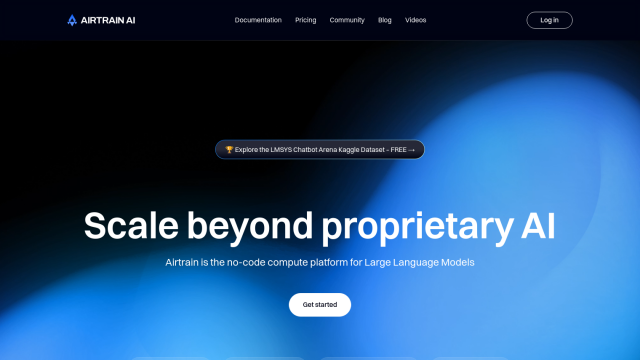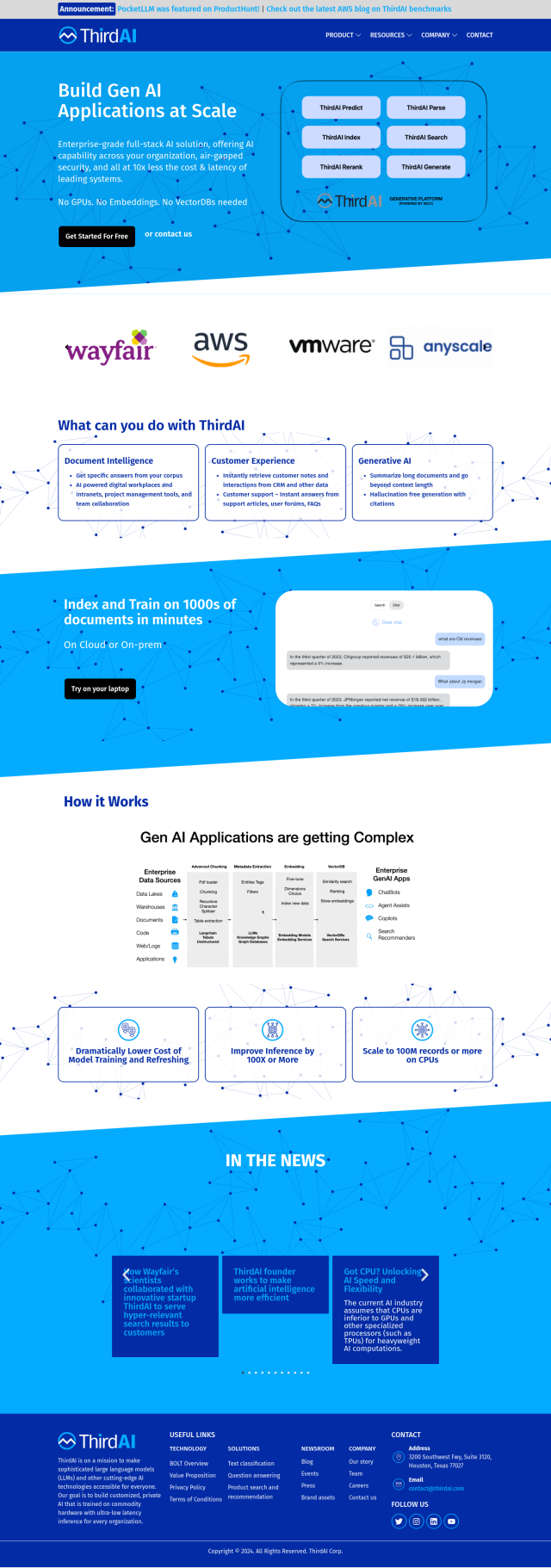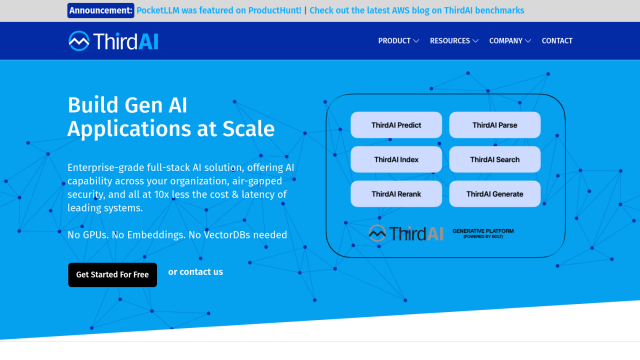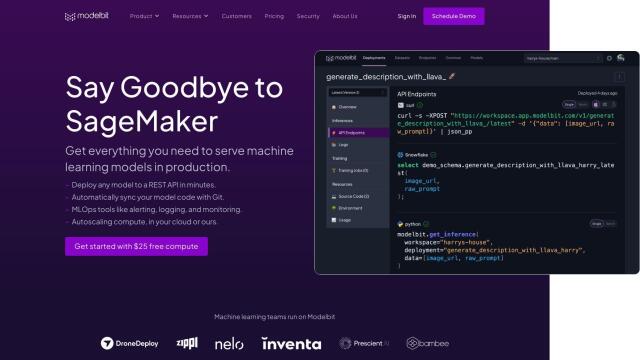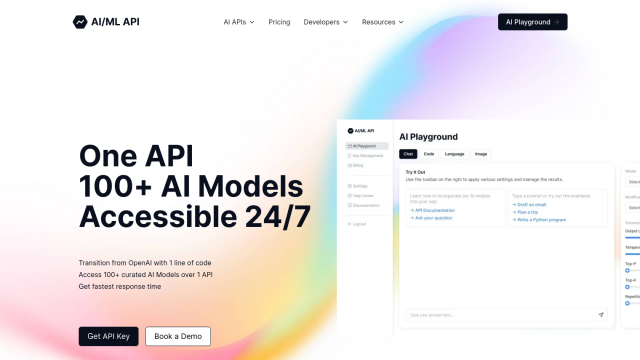Question: I'm looking for a way to accelerate my AI model training without breaking the bank - do you know of any cost-effective GPU solutions?

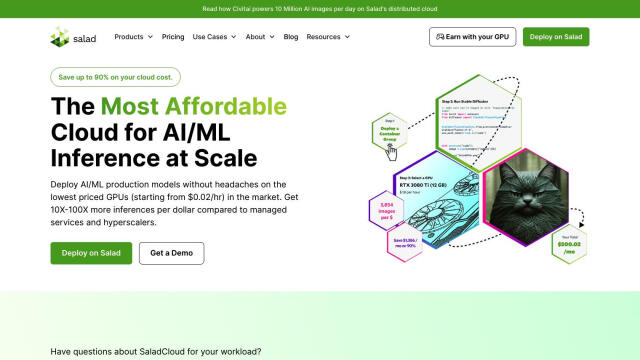
Salad
If you're looking for a low-cost GPU cloud for training AI models, Salad is worth a look. This cloud service taps into thousands of consumer GPUs around the world, with options for scaling up or down, elasticity on demand and support for multiple cloud services. Compared with conventional cloud services, Salad's prices are a fraction of what you'd pay elsewhere. Salad supports a range of GPU-accelerated computing tasks, has a simple user interface and integrates with container registries. Prices start at $0.02 per hour for GTX 1650 GPUs, with discounts for large-scale jobs and subscription plans.

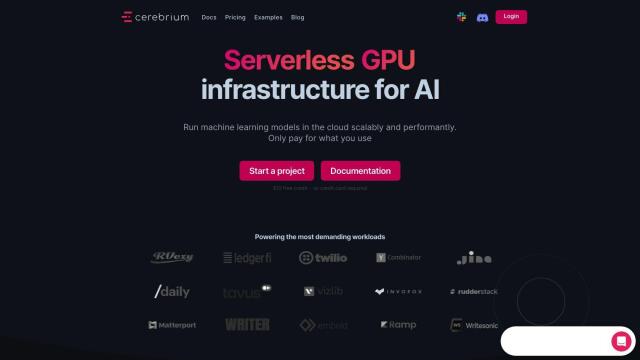
Cerebrium
Another option is Cerebrium, a serverless GPU cloud service for training and deploying machine learning models. It charges by the minute, which can be a big cost improvement over traditional approaches. Cerebrium has features like cold starts, high concurrency and real-time monitoring, so engineers can use it without a lot of fuss. Pricing is tiered, with different plans for different usage levels, but you pay by the minute, so you can scale up without the lag or high failure rates of a more conventional cloud service.

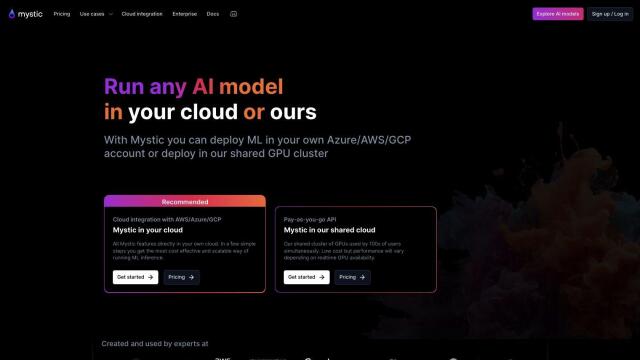
Mystic
If you want to run your models in a scalable, cost-effective way, check out Mystic. This service offers serverless GPU inference and integrates with AWS, Azure and GCP. It offers cost optimization through spot instances and parallelized GPU usage, as well as automated scaling. With a managed Kubernetes environment and an open-source Python library, Mystic lets data scientists concentrate on model development, not infrastructure.

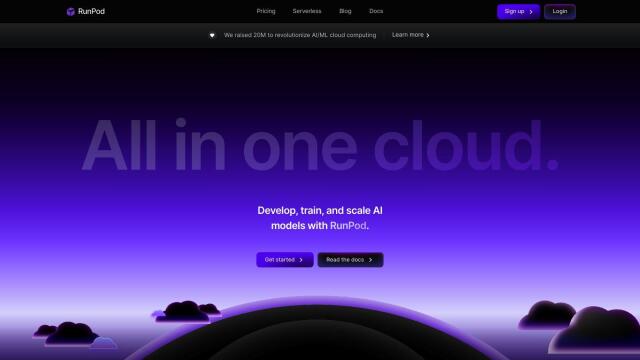
RunPod
Last is RunPod, a globally distributed GPU cloud service for training and running AI models. It supports a range of GPUs and offers serverless ML inference with autoscaling. RunPod charges by the minute, with no egress or ingress fees, so it's a good option if you need to run a variety of workloads. It's geared for teams, and you can use a command-line interface tool to provision and deploy services.

